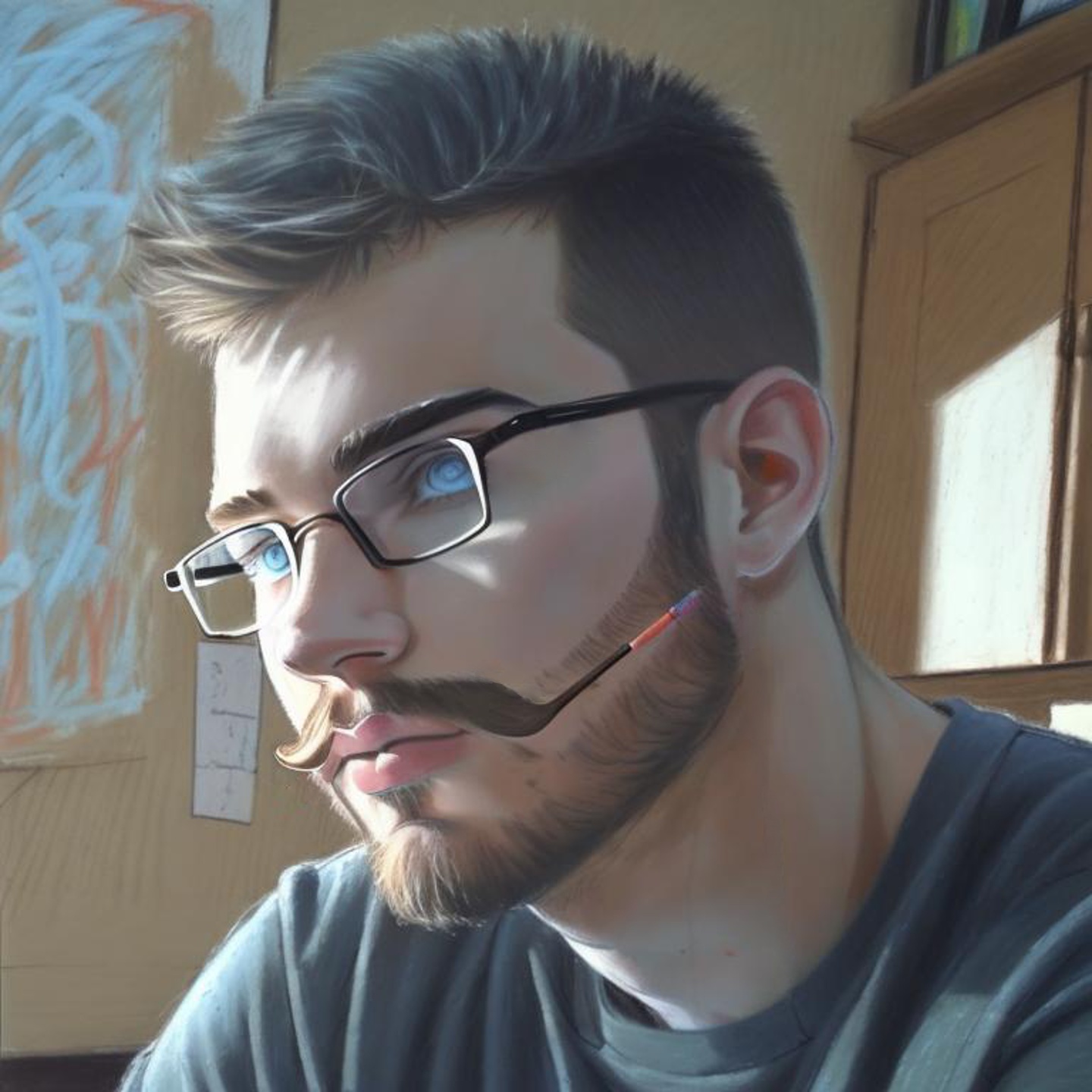

Let Google know what you think: https://docs.google.com/forms/d/e/1FAIpQLSfN3UQeNspQsZCO2ITkdzMxv81rJDEGGjO-UIDDY28Rz_GEVA/viewform


Let Google know what you think: https://docs.google.com/forms/d/e/1FAIpQLSfN3UQeNspQsZCO2ITkdzMxv81rJDEGGjO-UIDDY28Rz_GEVA/viewform


Let Google know what you think about this: https://docs.google.com/forms/d/e/1FAIpQLSfN3UQeNspQsZCO2ITkdzMxv81rJDEGGjO-UIDDY28Rz_GEVA/viewform


Let Google know what you think about this: https://docs.google.com/forms/d/e/1FAIpQLSfN3UQeNspQsZCO2ITkdzMxv81rJDEGGjO-UIDDY28Rz_GEVA/viewform


Let Google know what you think about this: https://docs.google.com/forms/d/e/1FAIpQLSfN3UQeNspQsZCO2ITkdzMxv81rJDEGGjO-UIDDY28Rz_GEVA/viewform


Sometimes it can take the media scanner running again before they disappear. Give it a few minutes or so.


Of course! Glad it helped!


This is Android’s media scanner in action.
Fortunately, you can add a .nomedia file at the root of your Obsidian files to prevent them from showing up in your galleries.
It is! It’s a port of OpenSSH. The server has been ported as well, but requires installation as a “Windows Feature”.
Windows now has an SSH client built in.
Getting Keycloak and Headscale working together.
But I did it after three weeks.
I captured my efforts in a set of interdependent Ansible roles so I never have to do it again.


Now the question is - are they open sourcing the original Winamp, or the awful replacement?


I’m not familiar with creating fonts specifically, but you’ll want to commit any resources necessary to recreate the font file, including any build scripts to help ease the process and instructions specifying compatible versions of tooling (FontForge in this case). Don’t include FontForge in the repository, of course.
The compiled font files should be under releases in GitHub for the repository.
Git isn’t generally meant for binary resources but as long as they’re not too large, they’ll be fine. You just may not have meaningful ways to compare changes easily.
Love it!